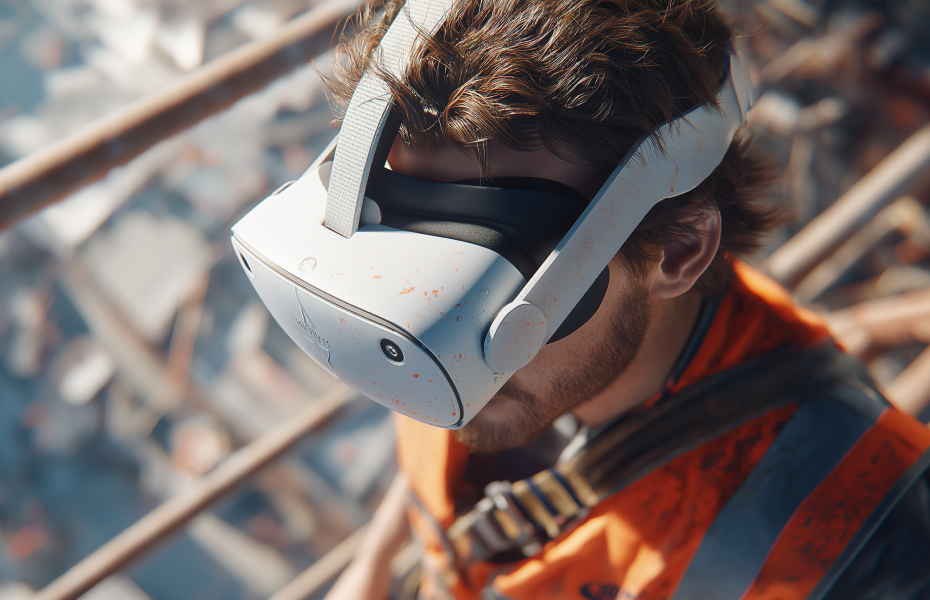In today's fast-paced work environments, ensuring the safety of every worker is paramount. Comprehensive safety skills training is not just a regulatory requirement; it's an essential investment in your team's well-being. This article delves into the critical components of safety skills training, particularly focusing on height safety, confined space, and overall workplace safety courses. Buckle up because we're about to ascend to new heights of knowledge!

What Are the Key Components of Safety Skills Training Courses?
Understanding the Importance of Safety Skills in the Workplace
When it comes to workplace safety, understanding the importance of safety skills is like having a compass in uncharted territory. Safety skills are not merely theoretical concepts; they are the practical knowledge and abilities that empower workers to navigate potential hazards and prevent accidents. Regardless of their trade, every worker should undergo a safety orientation emphasizing these skills' significance. The ability to recognize hazards, respond to emergencies, and utilize safety equipment can mean the difference between a routine day at work and a catastrophic incident. Moreover, the cultivation of safety skills fosters a culture of safety awareness, where employees feel responsible for their own safety and that of their colleagues.
Overview of Height Safety Training Requirements
Height safety training is a prominent aspect of safety skills training, especially in industries where employees work at elevated positions. The safety training requirements typically include:
A comprehensive understanding of fall protection systems.
Proper use of personal protective equipment (PPE).
The identification of potential fall hazards.
Workers are trained to assess their work environment, ensuring they can work safely at heights without becoming strangers to safety protocols. The goal is to instil the knowledge and skills necessary for preventing fall-related injuries, among the leading causes of workplace accidents. An error can occur without adequate training, leading to severe physical and financial consequences for the company.
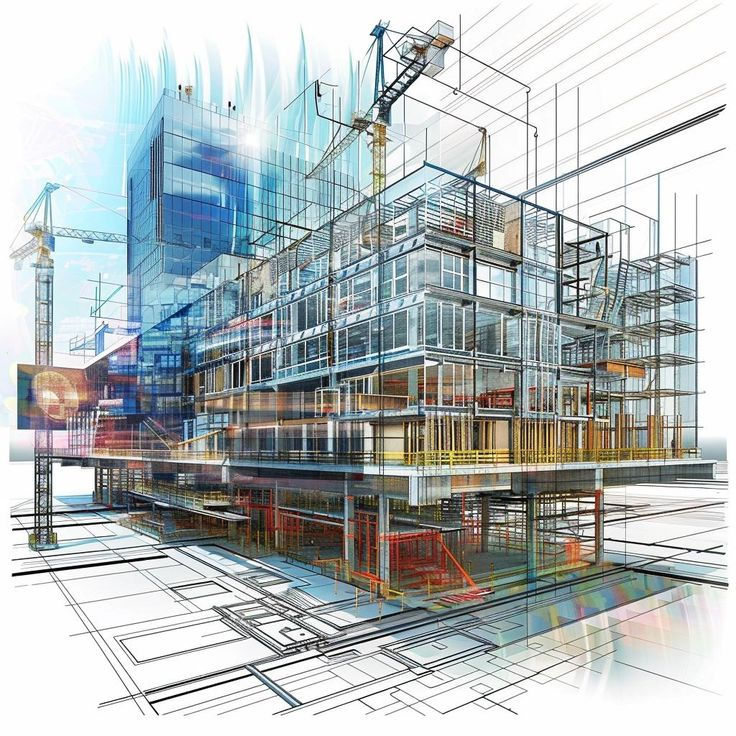
How to Use Navisworks to Create 3D Digital Twin Solutions?
Step-by-Step Workflow for Importing NavVis Data
Now that we've established the importance of NavVis let's explore leveraging Navisworks to create compelling 3D digital twin solutions. The first step in this workflow involves importing the reality capture data—point clouds and panoramic images—captured using NavVis into Navisworks. The software's intuitive interface makes it easy to navigate to the import feature and select your NavVis data files. Once imported, the data will come alive on your screen, ready to be transformed into a holistic digital twin.
Converting Point Cloud Data into a 3D Model
After successfully importing the data, the fun part is converting point cloud data into a 3D model. This process involves utilizing Navisworks' powerful tools to generate a detailed 3D representation of the scanned environment. By applying various filters and settings, users can enhance the accuracy of the generated model, ensuring that every nook and cranny of the scanned space is reflected with precision. This not only aids in visualizations but also serves as a valuable reference for future planning and design processes.
Best Practices for Enhancing Accuracy in Digital Twins
To create a practical digital twin, accuracy is paramount. Implementing the best data collection and model generation practices can significantly enhance the final product. For instance, ensuring that scans are conducted at optimal times with adequate lighting can improve the quality of the data captured. Moreover, using advanced features in Navisworks, such as clash detection and model validation, can help identify discrepancies early in the design process. This proactive approach to accuracy ensures that the digital twin reflects the actual physical space and supports informed decision-making throughout the project lifecycle.
It is important to consult a safety professional before undertaking any of the steps outlined in this article
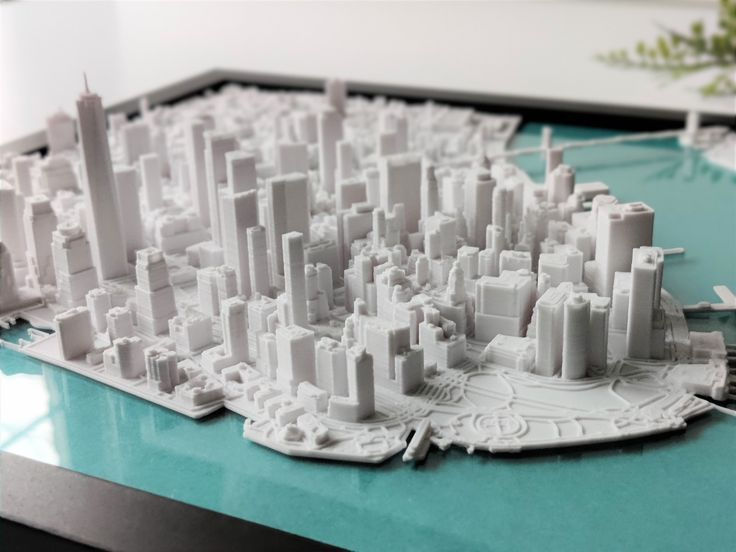
What is the Importance of 3D Mapping in AEC Projects?
How 3D Mapping Improves Workflow Efficiency
3D Mapping plays a crucial role in enhancing workflow efficiency within AEC projects. By providing a comprehensive visual representation of the project space, teams can collaborate more effectively, reducing delays caused by miscommunication and misunderstandings. The ability to visualize spaces in 3D allows for better planning and coordination, ultimately leading to faster project delivery. With NavVis and Navisworks, integrating reality capture data into the planning phase provides a tangible advantage, ensuring all stakeholders are on the same page and working towards a common goal.
The Impact of Digital Twins on Project Management
Digital twins have transformed project management by offering real-time insights and analytics that were previously unattainable. By utilizing 3D digital twin solutions, project managers can monitor progress, identify potential issues, and make data-driven decisions that enhance project outcomes. This capability is particularly beneficial in complex AEC environments, where rapid changes occur. With the data derived from NavVis technology and processed in Navisworks, managers can ensure that their projects stay on track, within budget, and aligned with client expectations.
Case Studies: Successful AEC Projects Using 3D Mapping
Let's look at some successful case studies that highlight the significance of 3D Mapping in AEC projects. For instance, a leading construction firm in Munich utilized NavVis technology to conduct a comprehensive survey of a large-scale factory renovation. Using mobile Mapping, they captured the existing conditions in record time, allowing them to develop a detailed digital twin that facilitated collaboration across teams. The result? A streamlined workflow that cut project time by 20%. Such examples underscore the transformative power of 3D Mapping and ability to drive efficiency and success in AEC endeavours.
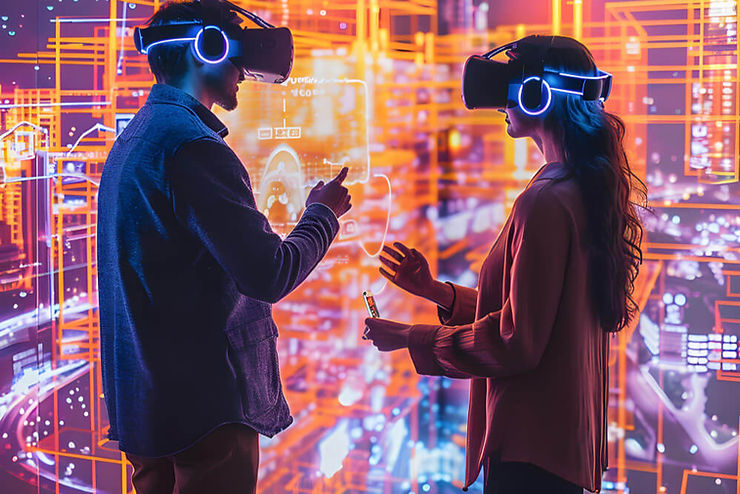
How Can Virtual Reality (VR) Enhance Your Digital Twin Solutions?
Integrating VR with NavVis for Immersive Experiences
Now, let's sprinkle a bit of virtual reality magic into the mix! Integrating VR with NavVis data opens up a new realm of immersive experiences that can significantly enhance how we interact with digital twins. Imagine walking through a virtual representation of your project space, where you can visualize the design and potential challenges and opportunities in real time. This immersive capability allows for enhanced collaboration and decision-making, as stakeholders can experience the project firsthand, regardless of their physical location.
Applications of VR in Facility Management
Virtual reality applications extend beyond design and planning; they also play a pivotal role in facility management. By utilizing VR, facility managers can conduct virtual walkthroughs of spaces, assess maintenance needs, and plan for renovations without the need for physical access. This saves time and resources and allows for better strategic planning regarding space utilization and operational efficiency; in a world where every minute counts, integrating VR into facility management practices is a surefire way to step up your game.
Future Trends in VR and Digital Twin Technologies
As we look to the future, the convergence of VR and digital twin technologies is set to revolutionize how we approach projects in the AEC sector. With advancements in hardware and software, we can expect even more realistic and interactive experiences that will further bridge the gap between physical and digital environments. The potential for augmented reality (AR) to overlay digital information onto the physical world adds another layer of innovation. As we move closer to 2023, embracing these technologies will undoubtedly enhance project outcomes and redefine the industry's efficiency standards.
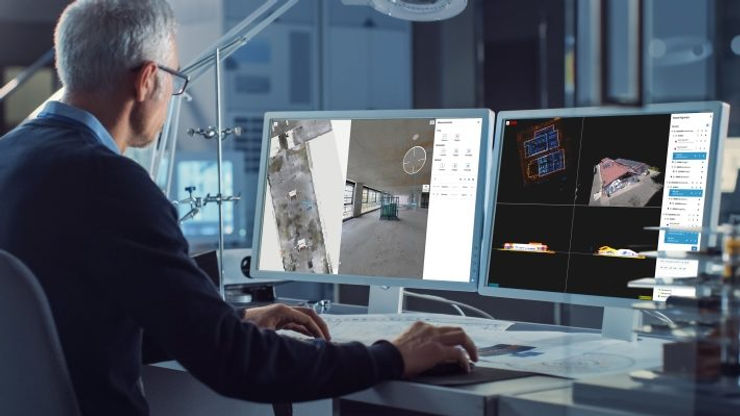
What are the Key Features of NavVis IVION for 3D Mapping?
Overview of NavVis IVION Capabilities
To wrap up our exploration, let's delve into the critical features of NavVis IVION, a powerful platform designed for 3D Mapping and digital twin creation. NavVis IVION boasts seamless integration with mobile mapping data, advanced processing tools, and user-friendly interfaces that facilitate efficient workflows. Its ability to generate high-quality point clouds and 3D models makes it an invaluable asset for teams looking to maximize their reality capture efforts.
How NavVis IVION Supports Mobile Mapping
NavVis IVION's support for mobile Mapping is exceptional. The platform is designed to process data captured using NavVis mobile devices, such as the NavVis VLX, ensuring that users can easily transition from data collection to visualization. This streamlined approach not only saves time but also enhances the accuracy of the final digital twin. With NavVis IVION, users can expect a comprehensive solution that addresses the unique demands of modern AEC projects.
Comparing NavVis IVION with Other Digital Twin Solutions
When compared with other digital twin solutions on the market, NavVis IVION stands out due to its exceptional accuracy, ease of use, and integration capabilities. While other platforms may offer similar functionalities, NavVis IVION's unique ability to process reality-capture data from mobile mapping devices gives it a competitive edge. Furthermore, its user-centric design allows for a smoother learning curve, enabling teams to adopt the technology quickly and effectively. As we continue to navigate through 2022 and into 2023, the importance of such advanced solutions cannot be overstated in the rapidly evolving AEC landscape.
Author:
Share Article:
Author:
Share Article:

